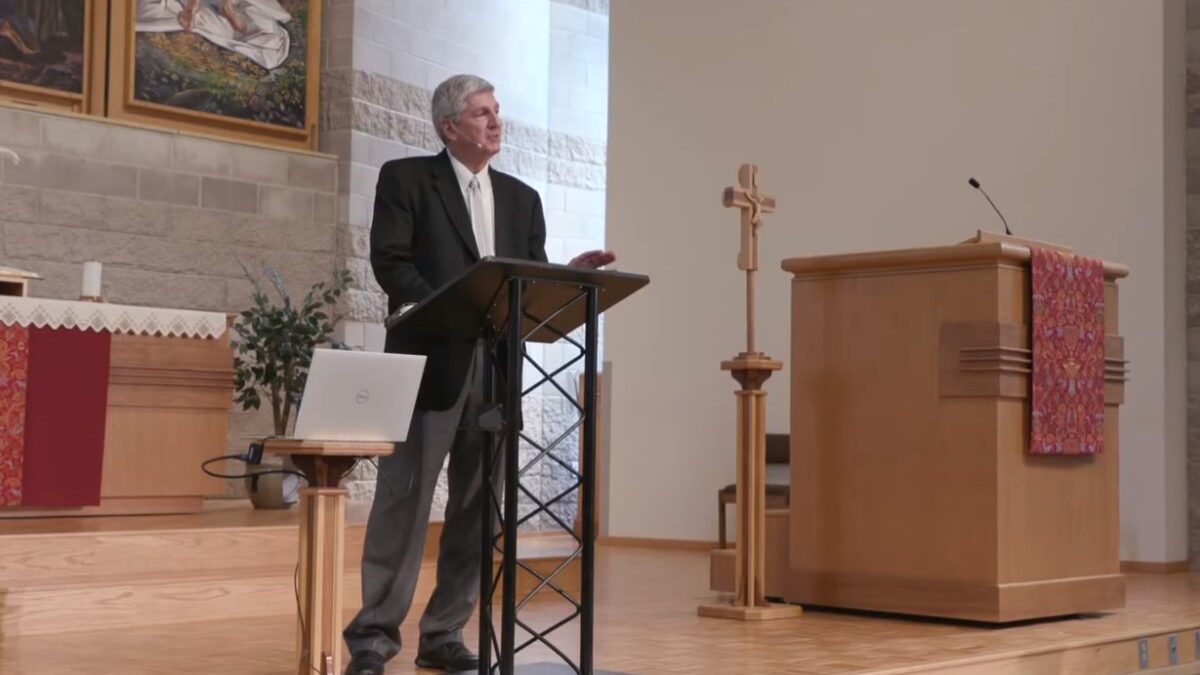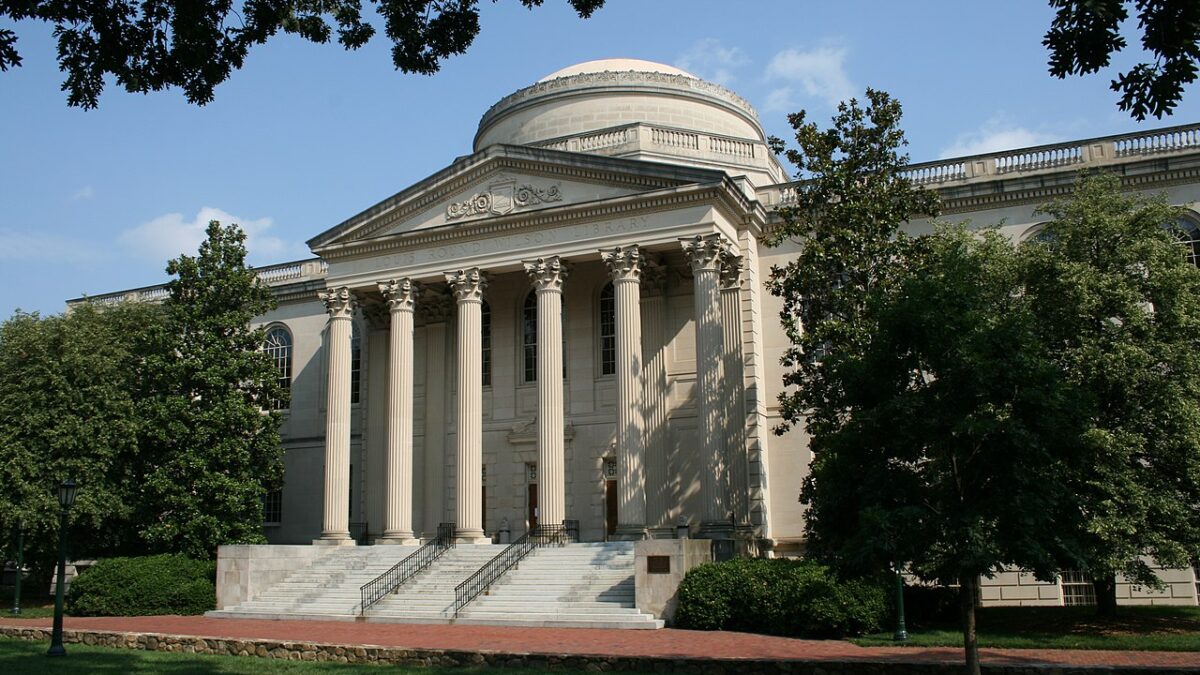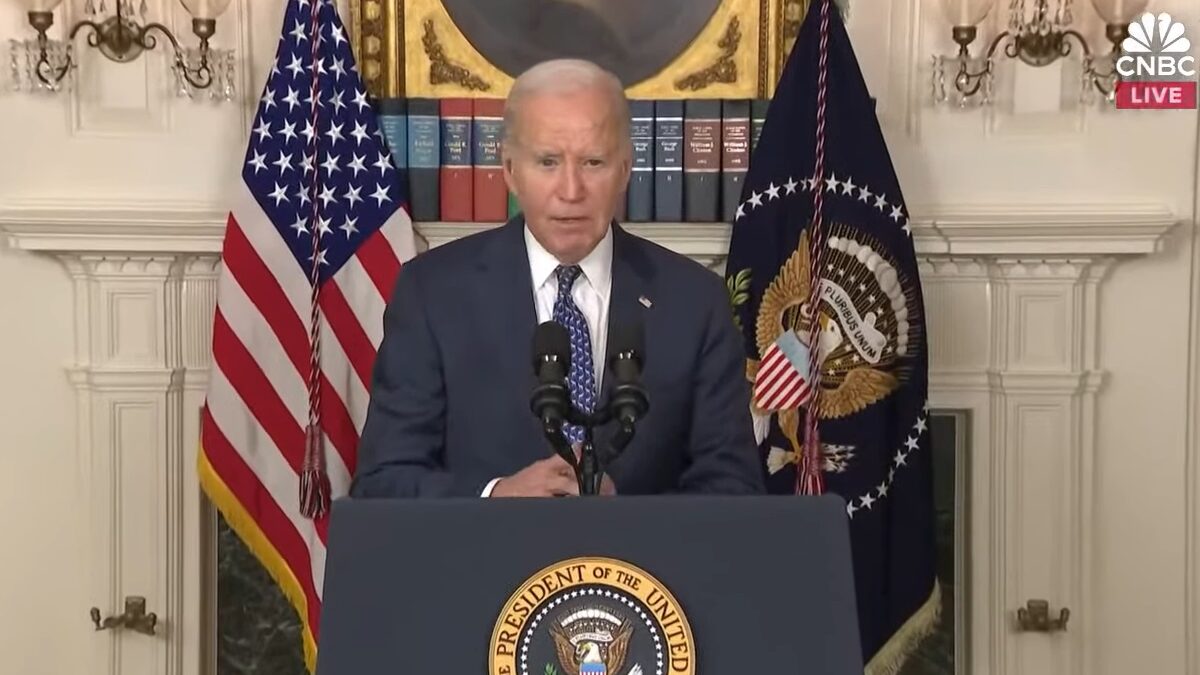
“You have to go to college” was an article of faith when we were growing up in poor families. Now we wonder if our ticket out of poverty still has the same value. Far too many of this generation are leaving college with substantial debt and few meaningful job opportunities.
Put a little differently, what is the value of a bachelor’s degree in women’s studies or sociology or any other fields that are not science, technology, engineering, mathematics, or business? Ask some of the young people working at your local coffee shop or favorite restaurant. They will probably tell you, “not much.”
The problem has become so overwhelming that politicians are talking about “free” college and “forgiving” college debt. It sounds good. The truth is that these proposals are a disaster in the making because they ignore the root cause of out-of-control costs of higher education.
Colleges Employ Needless Administrators
What is the root cause? It is an effectively unlimited supply of cash for public universities and colleges to squander without any requirement to improve. Over the past few decades, U.S. higher education has seen dramatic changes, few of which have been for the better.
According to Benjamin Ginsberg in “The Fall of the Faculty: The Rise of the All-Administrative University and Why It Matters,” “Administrators and staffers actually outnumber full-time faculty members at America’s colleges and universities. … Forty years ago, America’s colleges actually employed more professors than administrators.” In the not-too-distant past, many universities treated a deanship as a part-time job. The dean had to teach, conduct research, and provide service. Now the situation is very different.
We went to the website of a local public university and checked the office of the dean of the business college. The site identified the following vaguely titled and well-paid hangers-on: senior associate dean, associate dean for undergraduate programs, assistant dean for academic services, administrative specialist, technology and database specialist, marketing coordinator, assistant to the dean for finance and administration, senior major gift officer, and director of the Center for Economic and Entrepreneurship Education.
This does not include the multitude of secretaries and assistants who support these dubiously necessary administrators. Nor does it include the deans for other colleges, the department heads, the office of the president, or any of the other administrative offices. Bear in mind, this expensive phenomenon is replicated across colleges and universities throughout the country.
Once in place, these administrators justify their existence often by the simple expedient of spending more money. As Bill Bennett, secretary of education under President Ronald Reagan, explained, “The tendency of the colleges and universities at the undergraduate or the graduate level is to charge as much as they can, and continue to build and expand.”
Higher Education Institutions Keep Increasing Their Debt
Thanks to federal cash and the increasing willingness of families to borrow to pay for college, universities “began a multibillion-dollar building boom across campuses, featuring private dorm rooms and network TV-ready football fields. Colleges themselves went into debt to pay for these extras. By the end of 2011, more than 500 colleges and universities rated by Moody’s Investors Service had $211 billion of outstanding debt, compared with $91 billion in 2002.”
Does any of this improve the quality of education? The answer is almost certainly no. It does increase debt for the institutions, taxpayers, and students.
Consider the long-term debt in one state. As of June 30, 2010, the total long-term debt owed by Mississippi’s higher education system was $958.1 million. By June 30, 2012, this debt had increased to $1.1 billion. By 2017, five short years later, long-term liabilities had climbed to nearly $5.9 billion. This debt is a breathtakingly huge mortgage on the future of Mississippi, its taxpayers, and students who attend the universities. This is just the long-term debt in one small state.
Like any mortgage, someone has to pay the principal and interest. State funding of colleges and universities has declined. But raising money is easy: Students can borrow and borrow to pay higher and higher tuition. Since 2000, even in a poor state such as Mississippi, average tuition among its eight state-supported universities has more than doubled.
One of the dirty little secrets is that tuition does not include a plethora of fees such as student activities, capital improvement fees, post office boxes, student ID cards, parking permits, wellness education fees, and orientation fees. As the university’s webpage explains, “This is not an exhaustive list of miscellaneous expenses and the amounts are subject to change without notice.”
Since student tuition and fees (much of it borrowed) has become a primary source of funding, keeping the student population on an upward trajectory has become paramount. As a former dean at a local university once explained, the faculty’s job is to “keep butts in the seats.” A president put the demand somewhat more eloquently, stressing the importance of “student retention, progression, and graduation rates.”
Colleges Stopped Caring About Education
Did you notice what was missing? The president made absolutely no mention of learning. So what if there is grade inflation? So what if students graduate with useless credentials? The goal is to retain, progress, and graduate — and, of course, keep money flowing in. Ten years after finishing college, one in five graduates is holding down a job that does not require a college degree. Keep in mind, this only includes students who actually graduate.
Even in this environment of “retention, progression, and graduation,” the sad truth is that the four-year graduation rate for students attending public universities is 33.3 percent. If we stretch it out to six years, the graduation rate climbs to 57.6 percent. Students who fail to graduate, however, are still obligated to pay debts they cannot discharge, even through bankruptcy.
According to the Federal Reserve Bank of New York, “For every new dollar of federal student aid, tuition is raised by 65 cents.” Administrators claim costs are driven by state and federal regulations, an increase in litigation, and costs of accreditation. Not everyone agrees. Professor Benjamin Ginsberg “dismisses the argument that this increase has been a necessary response to mounting demands from government and accreditors.”
If student debt is forgiven and college is made “free,” there will be even less reason to stop spending. We, the people who pay, must demand that universities and politicians focus on education.









